Plan a wheelchair-friendly Moscow day with a local agent who can lock in accessible routes, reserve seats, and request elevators or ramps before you arrive.
1. Cathedral interiors (cathedrals) feature ramped entrances, elevators to accessible galleries, and tactile maps at the info booth. Ask booth staff for a wheelchair route and request wheel-chair-friendly paths; they will guide you to accessible restrooms and seating. Typical hours are 09:00–19:00 daily, with services occasionally affecting access; plan before you go. The vast space doubles as a quiet stage for light performance and photography.
2. Pushkin State Museum of Fine Arts offers ramps, elevators, and level routes between galleries. The team uses maps and hours listed at the main information booth, and staff can arrange a guided route tailored to wheelchairs. Expect longer hours on weekends, and plan several brief breaks to absorb works. Improvements in accessibility are ongoing; share any request before arrival.
3. The Tretyakov Gallery includes accessible entrances and lifts to primary floors, with flat floors between major halls. Ask for a guided route at the information booth and ensure mostly barrier-free transitions between collections. A typical visit runs 60–90 minutes per floor; hours vary by season, so check ahead and reference your agent for a tailored plan.
4. Bolshoi Theatre (performance) offers accessible seating and a wheelchair-friendly entry to the stage area. The box office can reserve seats well in advance; confirm seating location and accessibility at the booth. If you attend a performance, arrive 30 minutes early for orientation. Your agent can coordinate backstage routes that minimize stairs.
5. Red Square and GUM walkways are mostly smooth and wheelchair-friendly; this area is often referred to by guides as the city’s heart. Use the information booth for directions to ramps and curb cuts, and allow extra time for crosswalks near busy intersections. Plan a 60–90 minute stroll, then rest at a cafe with accessible seating. Hours vary, with shops often open until 20:00; confirm closures at the booth before you go.
6. Zaryadye Park offers flat routes, an accessible floating bridge, and an amphitheater with ramp access. The park staff provide a brochure at the main booth och they can direct you to wheelchair-friendly paths. Park hours typically 07:00–22:00, with some areas closing earlier for events. Before a visit, check the city site for hours and locker options for baggage. If you want to see stage performances in the evening, you may linger longer than planned to catch a sunset over the river.
7. Vorobyovy Gory (Sparrow Hills) is reachable via flat park paths and elevators at nearby stations. Your agent can plot a quick route from the riverside to the observation deck, with benches along the way. Plan for sunset to enjoy the performance of city lights over the Moskva River. Park hours are open daylight hours; confirm elevator availability at stations before you go.
8. Kolomenskoye Estate and Park provides wide lawns and paved walkways for wheelchairs, with a ramped entry to the Church of the Ascension when open. The on-site booth sells tickets and can arrange a guided route through courtyards. Expect 10:00–18:00 hours in warm months, with seasonal adjustments; bring water and rest at shaded benches along the path.
9. Moscow Zoo has all-weather paths, accessible restrooms, and a dedicated information desk at the main entrance. Ask at the booth for a map with accessible routes and consider a guided tour. Typical hours are 10:00–18:00, with longer days in summer; avoid peak weekends for easier navigation.
10. Polytechnic Museum offers modern ramps, elevators, and tactile displays; plan time to navigate between exhibitions. Tickets can be collected at the main booth, and staff will point you to accessible restrooms. Typical hours are 10:00–18:00, with some days open until 21:00 for special performances or events.
11. Izmailovo Kremlin complex and Izmailovo Market feature wide, even pavements and signage; the main entrance has a ramp and the information booth can provide a map and request for an accessible tour. Hours commonly 10:00–19:00; visit weekday mornings to avoid crowds.
12. Muzeon Park of Arts presents an outdoor sculpture garden with paved routes, shade, and long flat paths. It’s ideal for a relaxed afternoon; a public map is available at the main booth, och hours are posted at entrances.
13. Victory Park and the Museum of the Great Patriotic War provide wide avenues, accessible ramps to the museum, and elevator access to exhibitions. The site offers a dedicated booth for accessibility requests, and staff will confirm hours and route times. Plan before day-of to align with improvements in your schedule and reduce fatigue.
Getting Around: Metro and Public Transit Accessibility in Moscow
Check-in with the Moscow Metro accessibility map before you go. Plan routes that use stations with step-free entry and ramps to minimize stairs, then move through public transit more smoothly in moscow.
From park-gorkogorueng to the riverfront, the network connects you near modern skyscrapers and a fountain. Many hubs include tactile ground indicators and widened turnstiles to help wheelchairs. Improvements are happening here to boost accessibility for tourism and to assist travelers arriving from airports, and this setup helps visitors enjoy moscow’s public spaces more easily.
Inquire at station info desks to arrange help on transfers. Public staff can guide you to elevators, ramps, and accessible ticket counters. If you talked with locals, you learned where to find quieter routes and longer transfers that suit your pace.
Going through central districts, you have a number of options: different routes, with or without transfers, depending on where you start. Taking a bus or tram with low-floor stops is common, and many stops are within reach of cafes and other amenities, making this a thing for travelers.
For sisters traveling from russias regions, coordinate with operators and ask about assisted transfers; you can arrange a guided visit that respects accessibility needs. Use kremlru for updates and inquire about public transit improvements here.
Museums and Cultural Venues with Barrier-Free Access
Begin your Moscow museum route at MMOMA, a space designed for easy navigation with barrier-free entry, wide ground-floor corridors, and elevators to the upper floors. Staff talked through accessible routes and can provide assistance on request, wheelchairs are available at the information desk, and many galleries offer tactile displays. Tickets can be booked online or at the box office, and you can share a ticket with a companion when needed. The venue was commissioned with accessibility in mind, and most venues here are open seven days a week. For planning, check the official site or call the phone number to confirm current accessibility options today, and learn about accessibility options.
The State Tretyakov Gallery is among Moscow’s largest museums, with a ramped entrance and elevator access to most galleries. The collection houses ancient icons and masterworks, and there are accessible restrooms and seating in several rooms. Audio guides are available in multiple languages, and staff provide assistance on arrival. If you travel with a companion, you can share a ticket at the desk; this sister venue is known for clear wayfinding and signage that helps navigation. Some sections may be closed during rotations, so plan a route that stays within accessible spaces. Then you can extend your day to kazan Cathedral, a short walk away. For visitors arriving from kazan, the walk is easy and connects with other accessible stops.
The Pushkin State Museum of Fine Arts provides barrier-free access to its main floors, with ramps and elevators, tactile maps, and staff ready to assist. The indoor route links ancient sculpture galleries with contemporary sections, and there are quiet spaces for resting. Tickets are purchasable online, and the staff can arrange guided tours for individuals or groups. Whether you arrive alone or with a companion, the front desk can provide a map and point you to accessible entrances and restrooms. Security is discreet but visible, ensuring a calm experience with seating along the corridors to enjoy the displays. Therefore, plan to split your visit between two or three venues to maximize your time and avoid crowds.
Garage Museum of Contemporary Art features a barrier-free design with a flat site plan, elevator access to all levels, and seating along the routes. The venue hosts performances and talks in accessible spaces, and the staff can arrange a guided visit for individuals or groups. A touch-friendly map board near the entrance helps you plan the route. It is known for its modern architecture and the openness of its spaces, making it easy to navigate with a companion. If you need assistance, the security team can guide you to closed or open areas as needed. Enjoy this dynamic site as part of a broader circuit of museums to see how barrier-free access is implemented across the city.
Maximize your accessibility
For groups or solo visitors, most venues offer escorted tours, adjustable seating, and clear signage. Use the phone to confirm whether a specific day includes performances or special exhibitions, and ask if you can reserve a seat near the stage or in an accessible area. Tickets are available online or at the box office, and you can share a ticket with a companion when needed. A town plan board near the entrance can help you orient yourself, and you can arrive today with confidence if you plan ahead and stay relaxed.
Plan and safety tips
seven days a week access means you should arrive early in busy seasons; arriving by metro is convenient when you choose barrier-free stations. If something is closed for renovations, switch to another venue among the city’s houses that offer barrier-free routes. Whether you’re arriving with a group or solo, bring the ticket and a note with the address of the venue, and you’ll be able to navigate the path with ease. Today, always verify hours by calling the provided phone line and check the accessibility options that match your needs.
Outdoor Experiences: Parks, Walkways, and Riverfront Paths for Wheelchair Users
Start with a flat, almost level loop along the Moskva River from Zaryadye Park toward Gorky Park; most surfaces are smooth asphalt and curb cuts appear at crossings, making it easy to roll with a wheel today. kindly check information at the official pages for restrictions and accessible facilities, including restrooms and parking designated for disabled visitors, and ask for the number of accessible entrances if you need precise guidance. they can share tips on where to pause for coffee or a quick snack at friendly restaurants along the route, so you can plan a comfortable outing without rushing.
- Gorky Park (Park Gorodogo) and the central riverfront – paved loops run alongside the river, with long, straight segments suitable for wheelchairs; entrances are curb-cut and there are accessible toilets near the main plaza. Attracts include outdoor exhibitions and seasonal events; today you can check offers at the park information desk and plan a stop at nearby restaurants without stairs.
- Tsaritsyno Park – wide, flat avenues connect the palace estate to the surrounding gardens; main paths are asphalt, while some side routes may be gravel. Heritage buildings are visible from accessible vantage points, and benches appear at regular intervals for rests. There are accessible restrooms near the visitor center; if you have a disabled pass, staff can guide you to the closest entrances.
- Zaryadye Park – modern, level promenades weave around historic sites; ramps replace stairs at all critical crossings, and the central plaza hosts attractions and viewpoints. Information kiosks provide current restrictions and route suggestions for smooth navigation today.
- Sokolniki Park – broad avenues and well-maintained paths create a friendly environment for wheelchairs; there are multiple entry points with curb cuts and accessible facilities, plus nearby cafés where you can rest without leaving the park zone. Retailers around the park sometimes offer discounts to visitors with disabilities; ask at the information desk for current offers.
- Troitsky district paths (troitskiy) – long, flat riverfront sections and parkways along the Troitskaya coast provide easy rolling conditions; look for boardwalk-style segments near embankments where you can enjoy river views without elevation changes.
Walkways and riverfront paths offer continuous scenery and easy access to attractions along the water. Along the Moscow embankments, you’ll find smooth stretches that run past historic sites, modern cafes, and open-air art installations. Lubyanka area serves as a convenient access point for many routes, linking you to stretches of the embankment with reduced crowding in midweek today.
Tips for planning: check the number of accessible entrances before you go, confirm restrooms are equipped for wheelchairs, and map out a preferred restaurant stop if you’d like a sit-down meal after the stroll because smooth seating areas improve comfort. If you travel with companions, share the itinerary with sisters or friends who can help navigate crowds and offer support, while retailers in the city center may provide discounts on tickets or meals for disabled visitors. If you’re planning a broader trip, airline and city-transfer options can help you reach these parks and paths comfortably, and information desks at major stops can point you to friendly staff who can help with passes and accessibility details.
Guided Experiences: Accessible Tours and City Highlights
Choose the three-hour Kremlin Armoury Chamber route with an english-speaking guide to see the Armoury Chamber, Cathedral Square, and the Kremlin walls. Built ramps and lift access keep all floors reachable; most areas have clear signage and seating. Admission is included with the guided option, and security checks run smoothly so you can focus on the highlights. If the weather cooperates, pair the indoor visit with a brief outdoor circuit around Red Square. Leave baggage at hotels or lockers; carry only essentials for comfort. The guide can refer to known facts and consecrated spaces, and will adjust pace for your comfort. If lines form at entrances, a brief wait is common and the staff will help you move to the next accessible point. The route offers the entirety of the main highlights, and you can opt for extra time if needed; along the way, you’ll encounter shops and small stalls in the markets outside the walls.
Three Accessible Routes for English-Speaking Visitors
Route A focuses on the Kremlin and Armoury Chamber with deep exploration and accessibility. Route B covers Moscow museums, with most galleries offering lifts and clear wayfinding. Route C guides you to city highlights and parks on flat, paved paths for a relaxed pace.
| Route | Access | Admission | Start | Duration | Höjdpunkter |
|---|---|---|---|---|---|
| Kremlin & Armoury Chamber | Wheelchair-friendly; built ramps and elevators to most floors | Included with guided option | 11:00 | 3 hours | Kremlin walls, Armoury Chamber, Assumption Cathedral |
| Moscow Museums Circuit | Most galleries with lifts; clear signage | Not included | 13:00 | 2.5 hours | Pushkin Museum, Tretyakov Gallery, selected wings |
| City Highlights & Parks Walk | Flat, paved paths; seating every 400 m | Included | 15:00 | 2 hours | Red Square façades, Gorky Park viewpoints, historic houses |
Booking and Practical Tips
Consult official websites for updated schedules, accessibility notes, and admission times. Reserve seats in advance to minimize wait and confirm any closed wings or days. Store baggage at hotels or lockers and travel light for easier movement. English-speaking guides provide tailored commentary and can adjust pace; bring a light jacket for indoor climate control and variable weather. Because some wings close early on certain days, verify hours ahead. Vendors and retailers commonly referred guests to verified tour operators with proven safety and accessibility records.
Dining, Accommodations, and Everyday Accessibility for Travelers
Reserve a wheelchair-accessible room at least 72 hours before arrival, specifying a roll-in shower, grab bars, and a doorway wide enough for a chair, preferably on a lower floor or near an elevator.
In moskva and kazan, use restaurant listings with filters for accessible entrances and seating; call ahead to confirm that doors, ramps, and restrooms are usable, and look for places that publish an accessibility statement on their websites.
Public spaces and hotel lobbies should reflect inclusive design, with clear signage, wide corridors, and level floors; when a venue uses elevators or ramps, ask about available seating and counter heights at the office or reception desks to avoid delays.
Transit within cities matters too: in airports, check the terminal layout and request staff assistance at the check-in desk; carry light baggage, and arrange a help cart if you need to move through large terminals efficiently, then enjoy the ride between venues.
For planning, consult kremlru and other local websites, and read experiences from travelers who talked about accessible dining and accommodations; because guidance can vary by venue, compare information across several sources and pack a compact medical kit for any unexpected issue, ensuring your adventure stays smooth and inclusive.

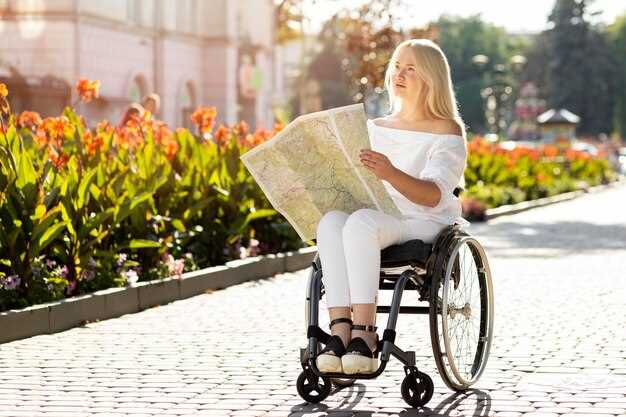 Top 13 Wheelchair-Accessible Things to Do in Moscow">
Top 13 Wheelchair-Accessible Things to Do in Moscow">

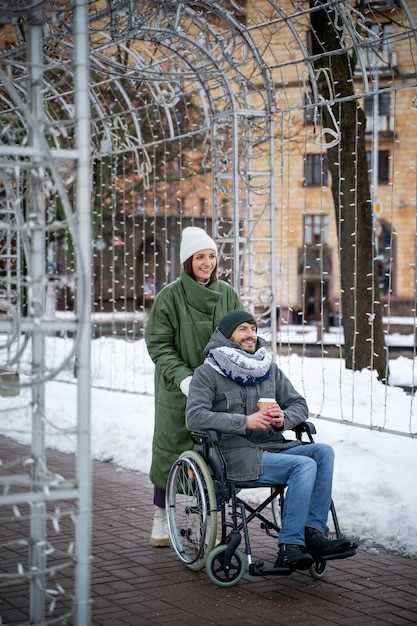
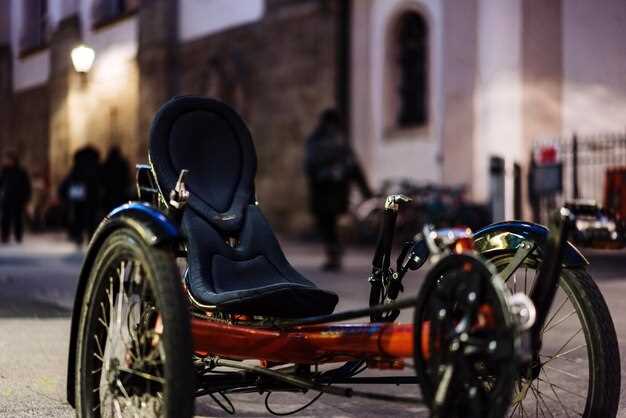
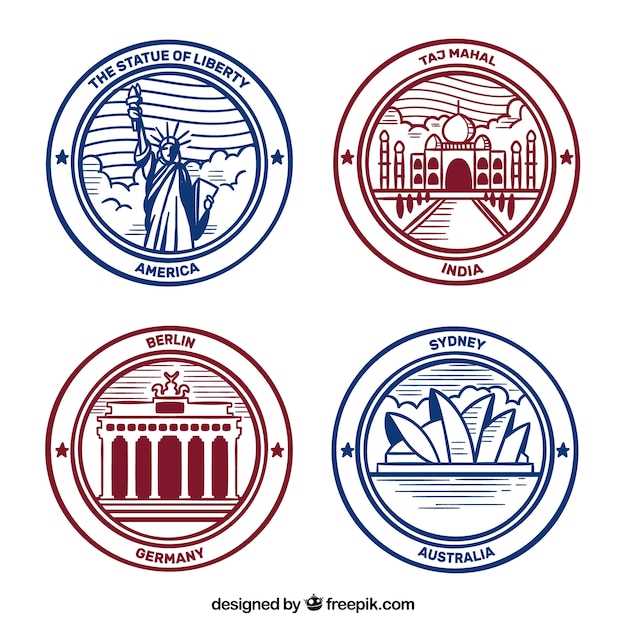 Circle Line Cruise NYC – The 6 Best Tours for 2025">
Circle Line Cruise NYC – The 6 Best Tours for 2025">
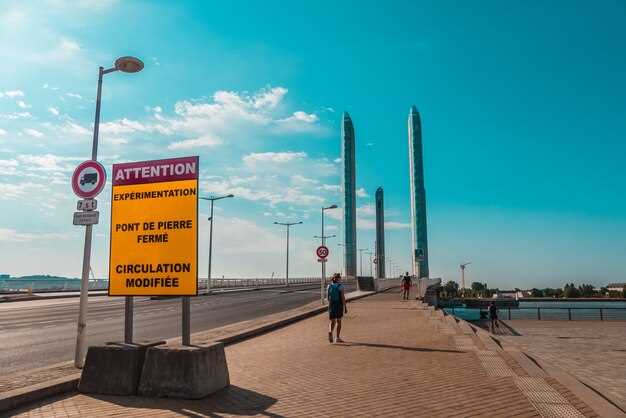 May Newsletter – How to Avoid the M-4 Highway from Moscow to Sochi">
May Newsletter – How to Avoid the M-4 Highway from Moscow to Sochi">
 Winzavod Art Center Guide – Moscow Gallery Visit Tips">
Winzavod Art Center Guide – Moscow Gallery Visit Tips">
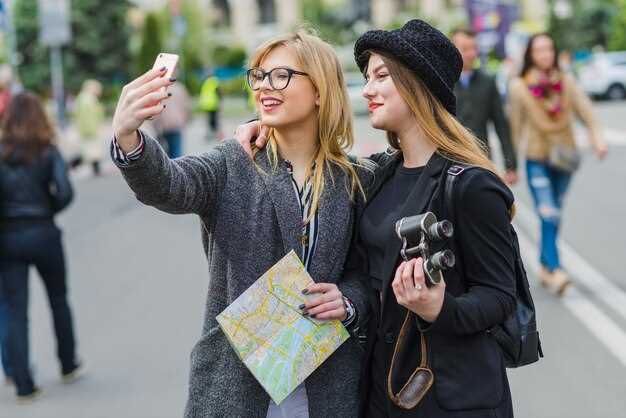 Best Day Trips from Moscow – Exploring the Surrounding Region in 2025">
Best Day Trips from Moscow – Exploring the Surrounding Region in 2025">
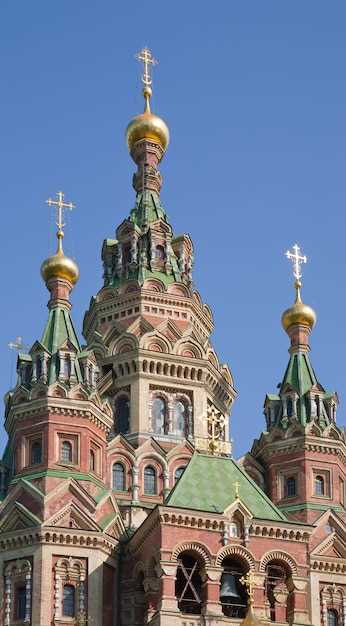 Moscow, The Golden Ring & St. Petersburg – A Comprehensive Russia Travel Guide">
Moscow, The Golden Ring & St. Petersburg – A Comprehensive Russia Travel Guide">
 Moscow Marathon 2025 – Dates, Route, Registration, and Practical Tips">
Moscow Marathon 2025 – Dates, Route, Registration, and Practical Tips">
 Zamoskvorechye District Guide – Explore Moscow’s Historic Waterfront Neighborhood">
Zamoskvorechye District Guide – Explore Moscow’s Historic Waterfront Neighborhood">
 Russia’s Elderly Face Rough Living as State Aid Shrinks">
Russia’s Elderly Face Rough Living as State Aid Shrinks">